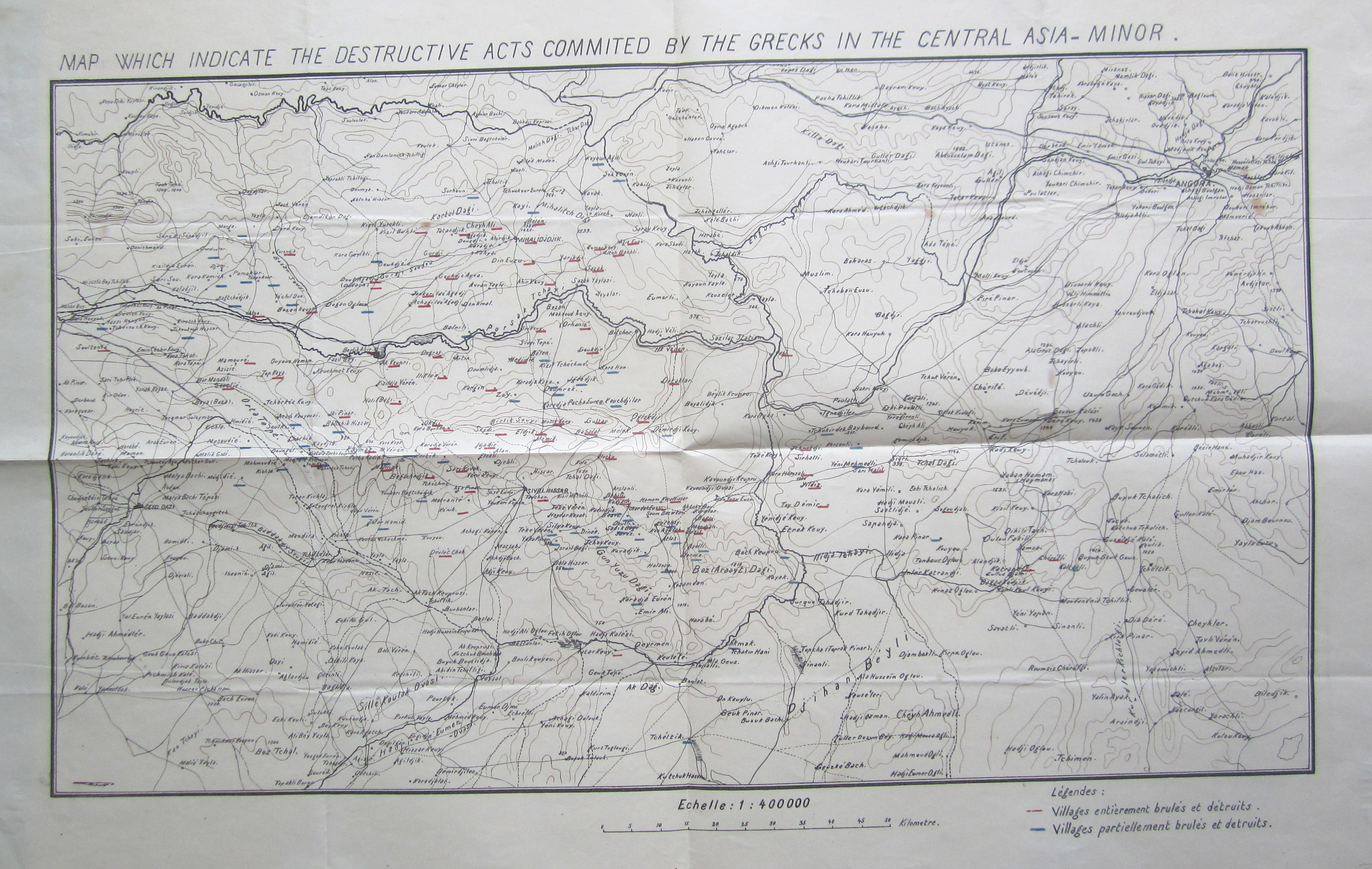Chris Gratien, Georgetown University
In October of 1920, Turkish nationalist militias took control of a town called Hadjin (Turkish, Hacın / Armenian, Հաճըն) located north of Adana in the Taurus Mountains. Of the thousands of Armenian inhabitants who had survived the genocide during the war years (1914-1918) to return to their town with the arrival of the French occupation, many were killed and the remainder fled during an eight-month siege. As the French military withdrew from the Adana region not long after, the Armenian population went with them, ultimately joining diaspora communities in Syria, Lebanon, France, the Soviet Union and the Americas.
The story of Hadjin resembles that of many other Anatolian towns with large Armenian communities during the last years of the Ottoman period. Whereas Hadjin boasted a population of some 30,000 before the war, more than half of whom were Armenian, the town of Saimbeyli located in the former site of Hadjin today is considerably smaller. Most of the physical traces of Armenian life in the area have been erased. Meanwhile, a village in modern-day Armenia called Nor Hachen or "New Hadjin" stands as a small memorial to what one descendent of Hadjin's inhabitants referred to as "a town no more."
Members of the Armenian diaspora communities conscious of the fact that their natal villages might someday be wiped from the historical memory sought to compile information about the history and social life of towns such as Hadjin in exhaustive histories usually composed in Armenian. One such work about Hadjin was published at a fairly early date in 1942, just two decades after the French withdrawal, meaning that many who had experienced the town as adults were able to contribute. Only a few copies of The Complete History of Hadjin (H. P. Poghosean, Hachěni ěndhanur patmutʻiwně ew shrjankay gōzan-taghi giwgherě) were published, most of which were in the possession of contributors, donors, and families from the Hadjintsi community. Some eventually made their way into university libraries.
These three hand-drawn maps (composed in Los Angeles during the 1940s) are scanned from one such copy. They offer exquisite geographic detail about a world that no longer exists. The first (see above) displays Hadjin and its immediate vicinity with complete labels of adjacent villages, monasteries, fortresses, rivers, forests, yaylas, and mountain peaks. Hadjin, which sat at more than 1km above sea level, was protected on three sides by mountains, which explains the endurance of local resistance to the Kemalist advance in 1920 as well as the town's defense from harm during the Adana massacre of 1909.
The second map offers a detailed layout of Hadjin during the late Ottoman period. Such an intimate view of a small Anatolian town from that time is considerably rare, given that detailed maps were not often produced.









